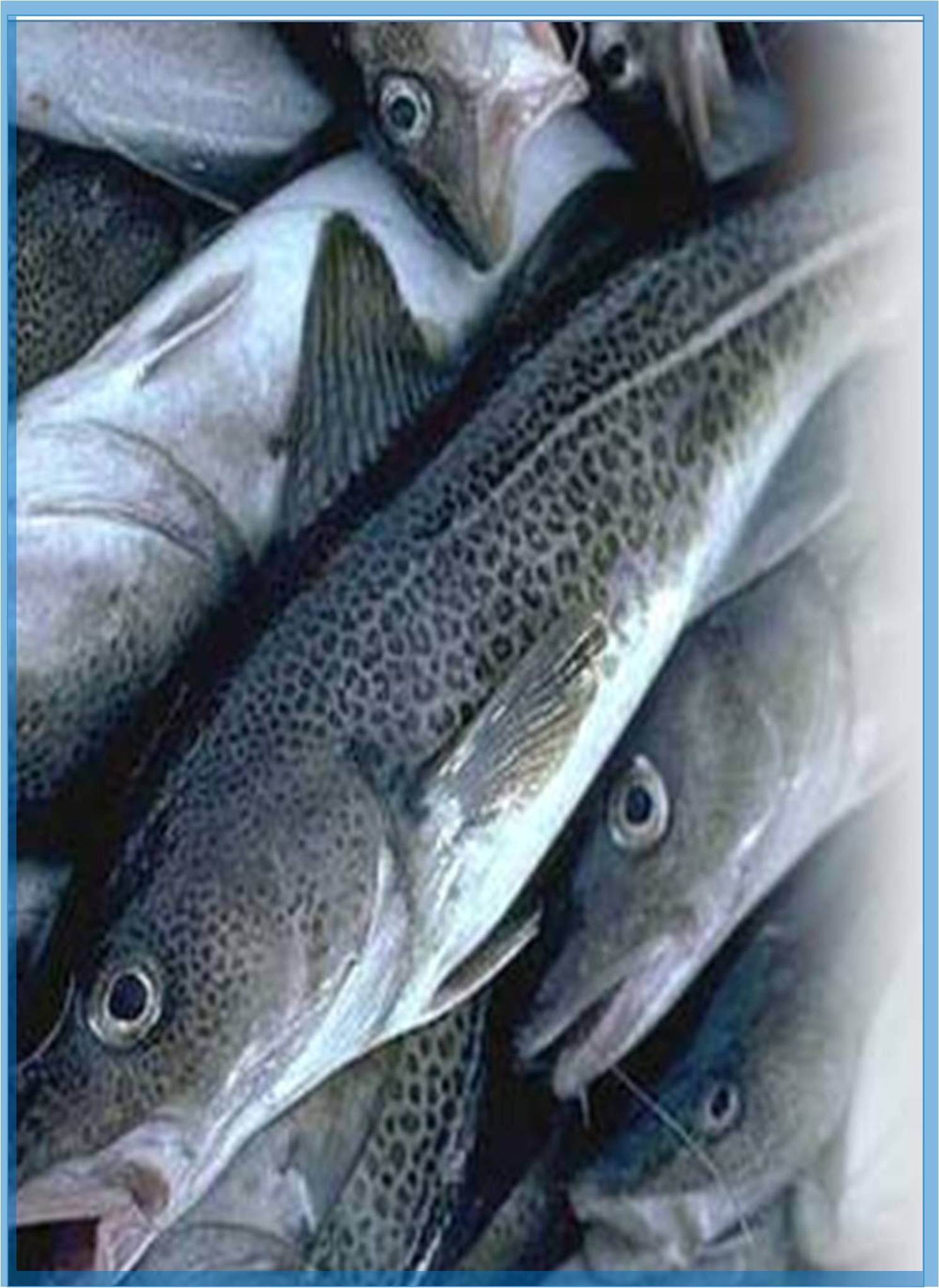



Received: 29-Nov-2022, Manuscript No. GJFA-22-82907; Editor assigned: 02-Dec-2022, Pre QC No. GJFA-22-82907 (PQ); Reviewed: 16-Dec-2022, QC No. GJFA-22-82907; Revised: 23-Dec-2022, Manuscript No. GJFA-22-82907 (R); Published: 30-Dec-2022, DOI: 10.15651/2408-5464.22.9.089
Due to its substantial economic returns, shrimp farming is one of the most significant commercial endeavours in the coastal regions of many nations. Intensive shrimp aquaculture, which has been the most common culture method and is defined by the application of high stocking density and feed supply, maintains high output levels. However, these management techniques frequently result in a decline in water quality and an increase in disease outbreaks, especially during the mid-to-late crop times. Shrimp illness has been a limiting concern for the shrimp business since it typically causes considerable mortality within a few days of its appearance.
As a result, a lot of research has been done to identify the triggers and patterns of outbreaks of shrimp sickness. Numerous researches have revealed that water quality frequently affects the growth and wellbeing of shrimp. In order to avoid and anticipate the emergence of disease, several approaches, such as continuous monitoring of physicochemical parameters or specific pathogens, have been adopted; nevertheless, these efforts frequently fall short of monitoring the health condition of shrimp. Shrimps may expand quickly even in nitrate environments that are considerably beyond the standard for fisheries water quality.
In addition, not all harmful bacteria, including Vibrio, cause sickness in shrimp. This behaviour can be explained by the opportunistic nature of many diseases, including Vibrio. However, it essentially shows that the onset of shrimp disease is caused by the cumulative impact of different elements throughout the rearing process rather than a phenomenon that can be explained by specific indicators.
In addition to being essential for the cycling of nutrients and the supply of energy, phytoplankton is also extremely sensitive to environmental changes. According to some research, the phytoplankton populations in the waters used for rearing have a close association with the cultivated organisms. The phytoplankton community composition in shrimp aquaculture can influence shrimp growth and survival and could be used to gauge shrimp health. It is more common to think of phytoplankton as a regulator or even an indicator of the environment for raising animals.
In general, it is preferable for green algae and diatoms to predominate due to their high nutritional value and contribution to the quality of the water, whereas cyanobacteria and dinoflagellates are undesirable due to the toxins that they release, which may cause shrimp mortality or reduced growth. Contradictory results have been found, though. Even though the nature of the microalgal population is typically viewed as being beneficial to organisms used in aquaculture, shrimp illness nonetheless appears there. Because phytoplankton populations abruptly collapsed while the ecological process was taking place, this occurrence may have been brought on by the loss of the community equilibrium mechanism.
Furthermore, mortality is frequently accompanied by the intense oscillations of the phytoplankton community, irrespective of the disease. As a result, the dynamism and/or stability of the phytoplankton community is likely to be more significant than the community's structure and makeup, as the former may perhaps directly or indirectly affect the growth or even health of shrimp.
To effectively understand the community dynamics, researchers should fully capture and quantify the community changes over time. Therefore, to evaluate the community stability more accurately, several other temporal diversity indices and community stability metrics were also used to describe the community dynamics in our study.